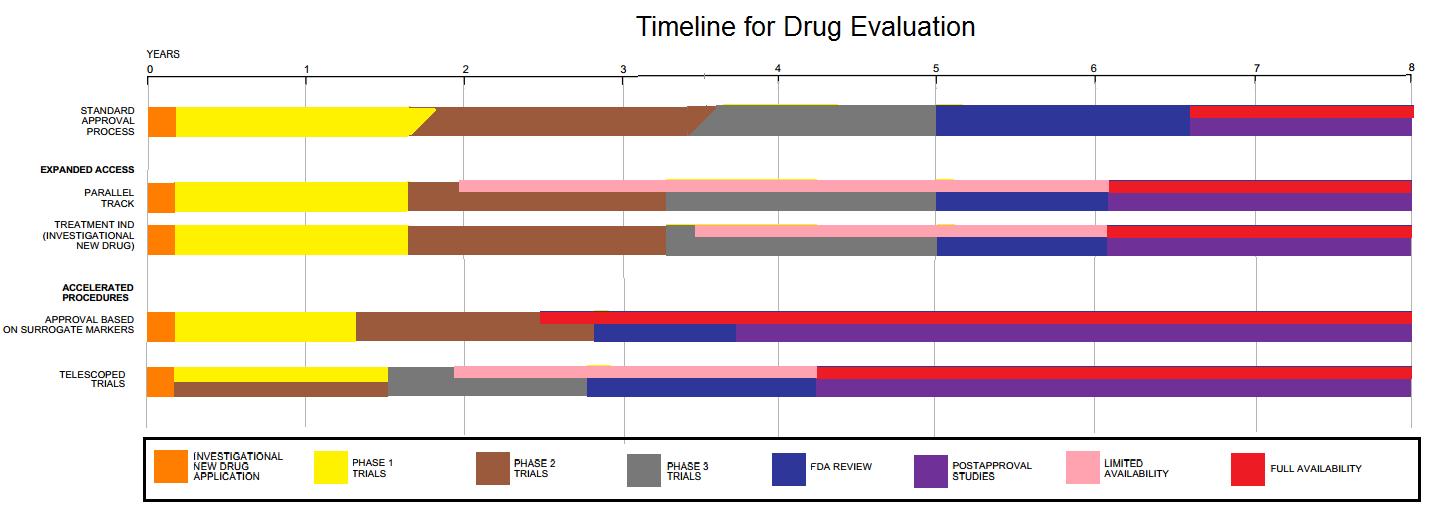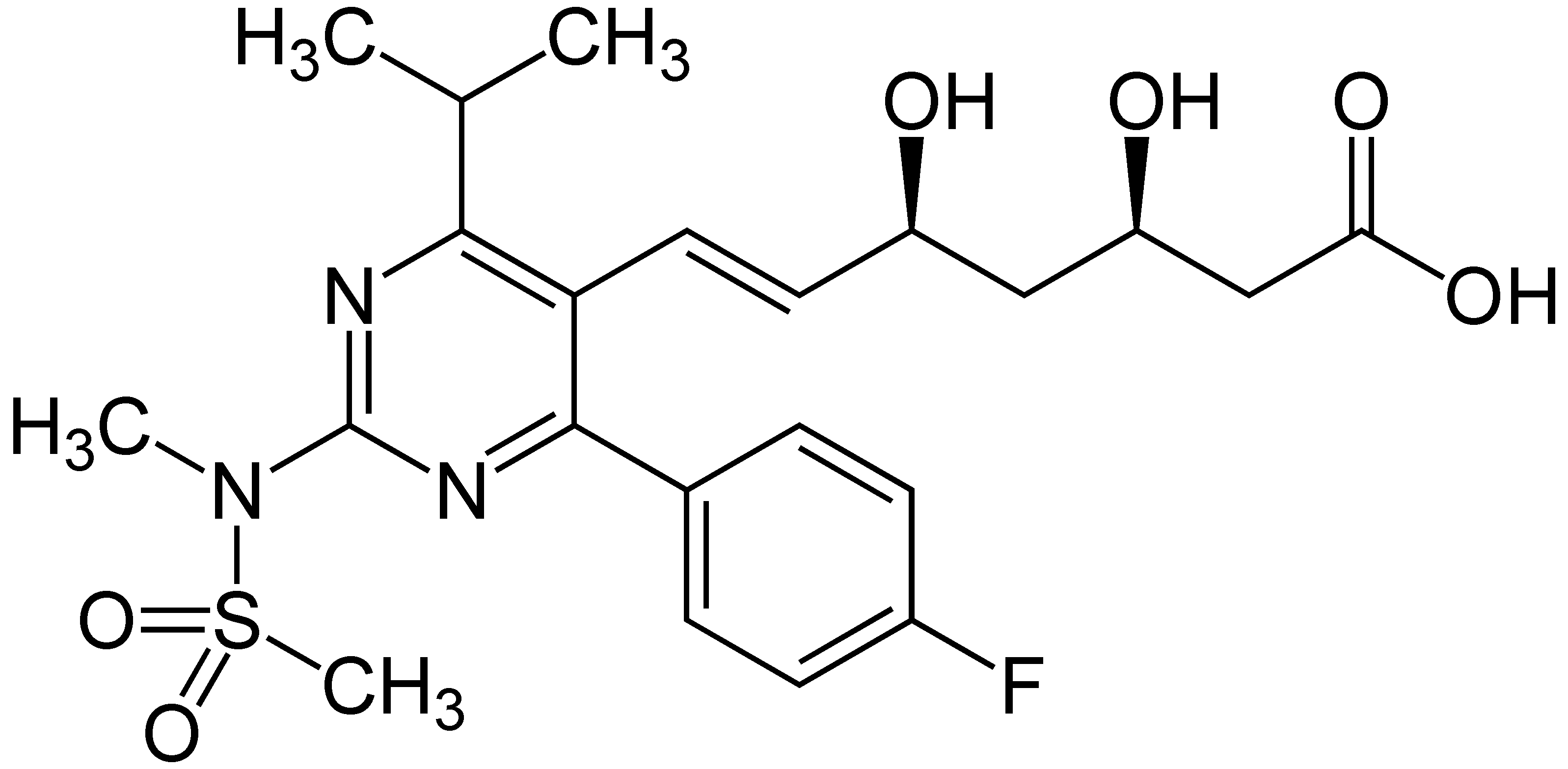|
CPP-115
CPP-115 is an experimental drug being studied for the treatment of various neurological and psychiatric disorders including cocaine addiction, infantile spasms, and Tourette syndrome. CPP-115 is a GABA aminotransferase (GABA-AT) inactivator. History CPP-115 was discovered in the research laboratory of Richard B. Silverman, for which he received the E. B. Hershberg Award for Important Discoveries in Medicinally Active Substances. It was licensed to Catalyst Pharmaceuticals for development in 2009. CPP-115 has been granted orphan drug status for the treatment of infantile spasms by the FDA and for the treatment of West syndrome by the European Commission. As of 2022, CPP-115 is in Phase II clinical trials The phases of clinical research are the stages in which scientists conduct experiments with a health intervention to obtain sufficient evidence for a process considered effective as a medical treatment. For drug development, the clinical phases ... for Tourette syndrome. ... [...More Info...] [...Related Items...] OR: [Wikipedia] [Google] [Baidu] |
Richard Bruce Silverman
Richard Bruce Silverman (born May 12, 1946) is the Patrick G. Ryan/Aon Professor of Chemistry at Northwestern University. His group's main focus is basic and translational research into central nervous system disorders and cancer. He is known for the discovery of pregabalin, which is marketed by Pfizer under the brand name Lyrica. Education Silverman attended Central High School of Philadelphia. Silverman received his B.S. in chemistry from Pennsylvania State University in 1968. He spent one semester at Harvard University before being drafted and serving as a United States Army Physical Sciences Assistant at the Walter Reed Army Institute of Research from January 1969 until his honorable discharge in January 1971. In June 1974, he received his Ph.D. from Harvard University in organic chemistry with advisor David Dolphin. He then spent two years as a postdoctoral fellow with Robert Abeles in biochemistry at Brandeis University. Research Silverman has been teaching and doing r ... [...More Info...] [...Related Items...] OR: [Wikipedia] [Google] [Baidu] |
Catalyst Pharmaceuticals
Catalyst Pharmaceuticals Inc. is a biopharmaceutical company based in Coral Gables, Florida. The company is developing medicines for rare diseases, including the phosphate salt of amifampridine for the treatment of Lambert–Eaton myasthenic syndrome (LEMS). The drug is referred to under the trade name Firdapse, which was approved by the FDA for approved use in children 6 years and older with LEMS in addition to the prior approval for use in adults with LEMS on November 28, 2018. Firdapse commercially launched in January 2019. History Catalyst was founded in 2002, and completed an IPO in 2006. It focused primarily on developing therapies to prevent addiction until 2012. In 2009, Catalyst in-licensed worldwide rights to a family of GABA inhibitors including CPP-115 from Northwestern University. In 2012, it in-licensed patents covering the use of amifampridine phosphate to treat LEMS for the North American market from BioMarin. In 2012, while BioMarin had a Phase III trial ongo ... [...More Info...] [...Related Items...] OR: [Wikipedia] [Google] [Baidu] |
Tourette Syndrome
Tourette syndrome or Tourette's syndrome (abbreviated as TS or Tourette's) is a common neurodevelopmental disorder that begins in childhood or adolescence. It is characterized by multiple movement (motor) tics and at least one vocal (phonic) tic. Common tics are blinking, coughing, throat clearing, sniffing, and facial movements. These are typically preceded by an unwanted urge or sensation in the affected muscles known as a premonitory urge, can sometimes be suppressed temporarily, and characteristically change in location, strength, and frequency. Tourette's is at the more severe end of a spectrum of tic disorders. The tics often go unnoticed by casual observers. Tourette's was once regarded as a rare and bizarre syndrome and has popularly been associated with coprolalia (the utterance of obscene words or socially inappropriate and derogatory remarks). It is no longer considered rare; about 1% of school-age children and adolescents are estimated to have Tourette's, and c ... [...More Info...] [...Related Items...] OR: [Wikipedia] [Google] [Baidu] |
GABA Aminotransferase
GABA aminotransferase may refer to: * 4-aminobutyrate—pyruvate transaminase 4-aminobutyrate---pyruvate transaminase (, ''aminobutyrate aminotransferase'', ''gamma-aminobutyrate aminotransaminase'', ''gamma-aminobutyrate transaminase'', ''gamma-aminobutyric acid aminotransferase'', ''gamma-aminobutyric acid pyruvate transam ..., an enzyme * 4-aminobutyrate transaminase, an enzyme {{Short pages monitor ... [...More Info...] [...Related Items...] OR: [Wikipedia] [Google] [Baidu] |
Drug Development
Drug development is the process of bringing a new pharmaceutical drug to the market once a lead compound has been identified through the process of drug discovery. It includes preclinical research on microorganisms and animals, filing for regulatory status, such as via the United States Food and Drug Administration for an investigational new drug to initiate clinical trials on humans, and may include the step of obtaining regulatory approval with a new drug application to market the drug. The entire process – from concept through preclinical testing in the laboratory to clinical trial development, including Phase I–III trials – to approved vaccine or drug typically takes more than a decade. New chemical entity development Broadly, the process of drug development can be divided into preclinical and clinical work. Pre-clinical New chemical entities (NCEs, also known as new molecular entities or NMEs) are compounds that emerge from the process of drug discovery. T ... [...More Info...] [...Related Items...] OR: [Wikipedia] [Google] [Baidu] |
Orphan Drug
An orphan drug is a pharmaceutical agent developed to treat medical conditions which, because they are so rare, would not be profitable to produce without government assistance. The conditions are referred to as orphan diseases. The assignment of orphan status to a disease and to drugs developed to treat it is a matter of public policy in many countries and has yielded medical breakthroughs that might not otherwise have been achieved, due to the economics of drug research and development. In the U.S. and the EU, it is easier to gain marketing approval for an orphan drug. There may be other financial incentives, such as an extended period of exclusivity, during which the producer has sole rights to market the drug. All are intended to encourage development of drugs which would otherwise lack sufficient profit motive to attract corporate research budgets and personnel. Definition According to the US Food and Drug Administration (FDA), an orphan drug is defined as one "intended for ... [...More Info...] [...Related Items...] OR: [Wikipedia] [Google] [Baidu] |
West Syndrome
Epileptic spasms is an uncommon-to-rare epileptic disorder in infants, children and adults. One of the other names of the disorder, West syndrome, is in memory of the English physician, William James West (1793–1848), who first described it in an article published in ''The Lancet'' in 1841. The original case actually described his own son, James Edwin West (1840–1860). Other names for it are "generalized flexion epilepsy", "infantile epileptic encephalopathy", "infantile myoclonic encephalopathy", "jackknife convulsions", "massive myoclonia" and "Salaam spasms". The term "infantile spasms" can be used to describe the specific seizure manifestation in the syndrome, but is also used as a synonym for the syndrome itself. West syndrome in modern usage is the triad of infantile spasms, a pathognomonic EEG pattern (called hypsarrhythmia), and developmental regression – although the international definition requires only two out of these three elements. The syndrome is age-relat ... [...More Info...] [...Related Items...] OR: [Wikipedia] [Google] [Baidu] |
Phase II Clinical Trials
The phases of clinical research are the stages in which scientists conduct experiments with a health intervention to obtain sufficient evidence for a process considered effective as a medical treatment. For drug development, the clinical phases start with testing for safety in a few human subjects, then expand to many study participants (potentially tens of thousands) to determine if the treatment is effective. Clinical research is conducted on drug candidates, vaccine candidates, new medical devices, and new diagnostic assays. Summary Clinical trials testing potential medical products are commonly classified into four phases. The drug development process will normally proceed through all four phases over many years. If the drug successfully passes through Phases I, II, and III, it will usually be approved by the national regulatory authority for use in the general population. Phase IV trials are 'post-marketing' or 'surveillance' studies conducted to monitor safety over severa ... [...More Info...] [...Related Items...] OR: [Wikipedia] [Google] [Baidu] |
Cyclopentanes
Cyclopentane (also called C pentane) is a highly flammable alicyclic hydrocarbon with chemical formula C5H10 and CAS number 287-92-3, consisting of a ring of five carbon atoms each bonded with two hydrogen atoms above and below the plane. It occurs as a colorless liquid with a petrol-like odor. Its melting point is −94 °C and its boiling point is 49 °C. Cyclopentane is in the class of cycloalkanes, being alkanes that have one or more rings of carbon atoms. It is formed by cracking cyclohexane in the presence of alumina at a high temperature and pressure. It was first prepared in 1893 by the German chemist Johannes Wislicenus. Production, occurrence and use Cycloalkanes are formed by catalytic reforming. For example, when passed over a hot platinum surfact, 2-methylbutane converts into cyclopentane. Cyclopentane has no particular use. No commercial products are made from cyclopentane itself. As a volatile hydrocarbon it is an incidental component of some fuels and blowi ... [...More Info...] [...Related Items...] OR: [Wikipedia] [Google] [Baidu] |


